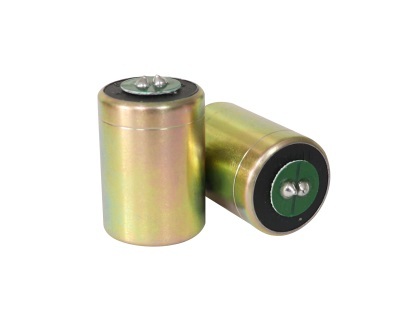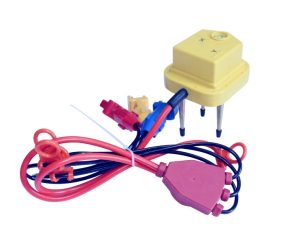Notifications
ALL BUSINESS
COMIDA
DIRECTORIES
ENTERTAINMENT
FINER THINGS
HEALTH
MARKETPLACE
MEMBER's ONLY
MONEY MATTER$
MOTIVATIONAL
NEWS & WEATHER
TECHNOLOGIA
TV NETWORKS
VIDEOS
VOTE USA 2026/2028
INVESTOR RELATIONS
COMING 2026 / 2027
ALL BUSINESS
COMIDA
DIRECTORIES
ENTERTAINMENT
FINER THINGS
HEALTH
MARKETPLACE
MEMBER's ONLY
MONEY MATTER$
MOTIVATIONAL
NEWS & WEATHER
TECHNOLOGIA
TV NETWORKS
VIDEOS
VOTE USA 2026/2028
INVESTOR RELATIONS
COMING 2026 / 2027
Posted by - Julia Cao -
on - February 27, 2023 -
Filed in - Business -
Geophone -
1.9K Views - 0 Comments - 0 Likes - 0 Reviews

A geophone is a device that converts ground movement (i.e. seismic waves) into voltages that can be recorded by seismographs. Geophones are usually clustered together in a seismometer array. The output of a geophone is very weak and typically requires amplification before it can be recorded.
Geophones are used in a variety of applications, such as oil and gas exploration, earthquake monitoring, and military intelligence. In oil and gas exploration, geophones are used to map subsurface features, such as faults and fractures. In earthquake monitoring, geophones are used to record ground shaking from earthquakes. In military intelligence, geophones can be used to detect distant artillery fire.
How do geophones work?
Geophones are devices that are used to detect and record seismic waves. Seismic waves are waves of energy that are produced by events such as earthquakes, volcanic eruptions, and explosions. Geophones are usually deployed in arrays, which means that there are many geophones in a single location.

The recorded data from geophones is then used to create a seismogram, which is a visual representation of the seismic activity in an area. Seismograms are used by scientists to study the Earth's interior and to locate and identify earthquakes.
Different types of geophones
Geophones are used to detect seismic waves and come in three distinct types; surface, body, and borehole. Surface geophones are typically placed on the ground surface to record primary and secondary seismic waves, making them the most cost-effective choice. Body geophones measure seismic waves traveling through the Earth's subsurface, whereas borehole geophones measure those traveling through the borehole itself. Each type of geophone offers its own set of advantages and disadvantages depending on the application.
Applications for geophones
Geophones are devices that are used to detect and measure ground movements. They are often used in seismology and engineering applications to monitor for things like earthquakes and landslides. Geophones typically consist of a sensing element, typically a coil of wire, that is suspended in a medium, such as oil or water. When the ground moves, it causes the coil to move, which produces a voltage that can be measured and used to determine the magnitude and direction of the ground movement.
There are many different types of geophones available on the market, each with its own unique features and applications. In this article, we'll take a look at some of the most popular geophones and their applications.
Advantages and disadvantages of geophones
Geophones are a type of sensor that is commonly used in seismology. They are often used in conjunction with seismometers to detect and measure earthquakes. Geophones can be used to measure ground movement, and they are often used in earthquake early warning systems.
There are both advantages and disadvantages to using geophones. Some of the advantages include their ability to detect earthquakes at a long distance, their low cost, and their portability. Some of the disadvantages include their low sensitivity and their reliance on a seismometer for interpretation.
Conclusion
Geophones are devices that are used to detect and measure seismic waves. They are often used in seismology and engineering applications. Geophones can be used to detect a variety of seismic events, such as earthquakes, explosions, and mining activities.
At Seis-Tech, we are dedicated to providing the highest quality geophones. If you'd like to learn more about our products, please reach out to us at sales@seis-tech.com. We look forward to helping you with your needs.
